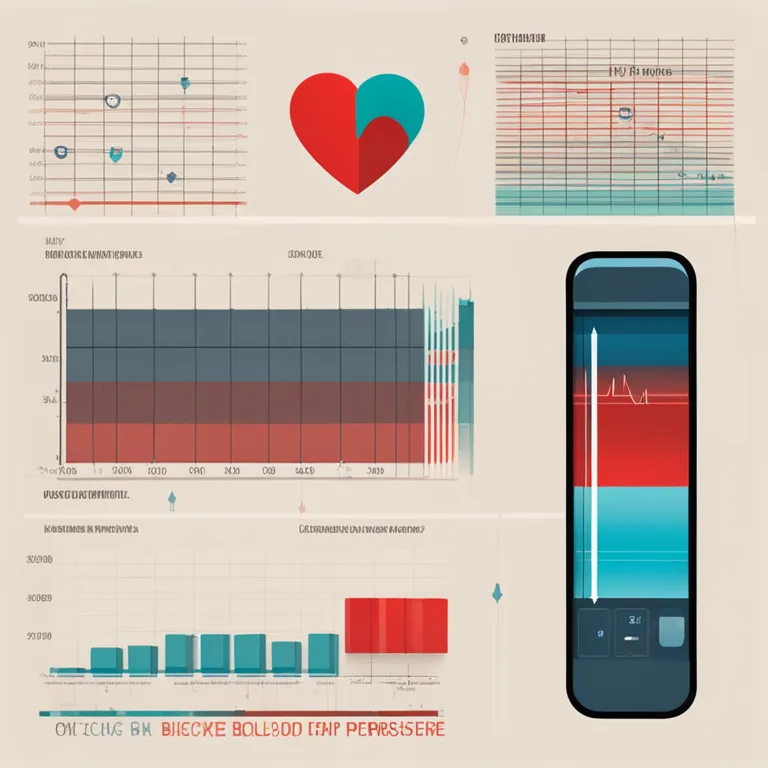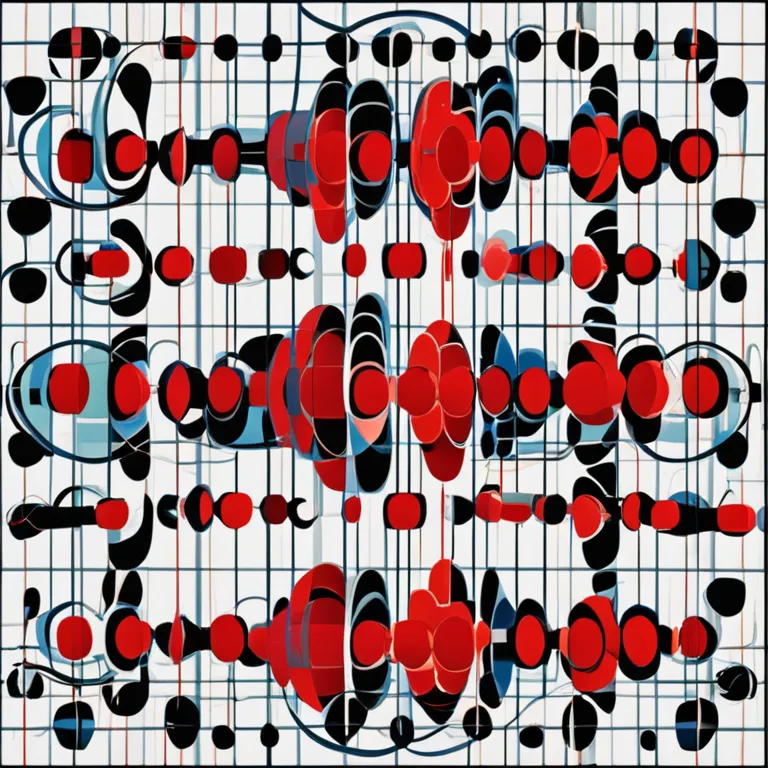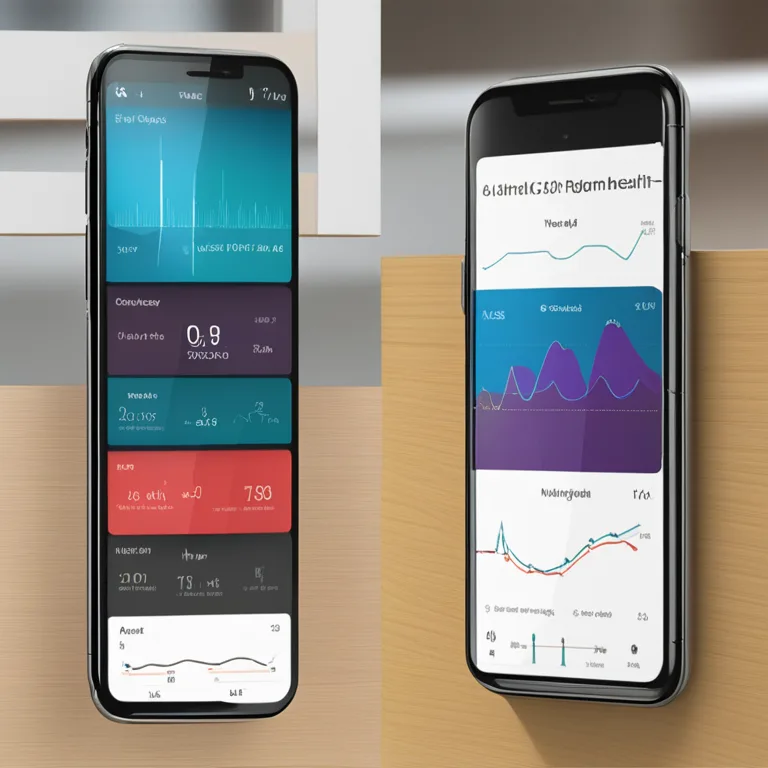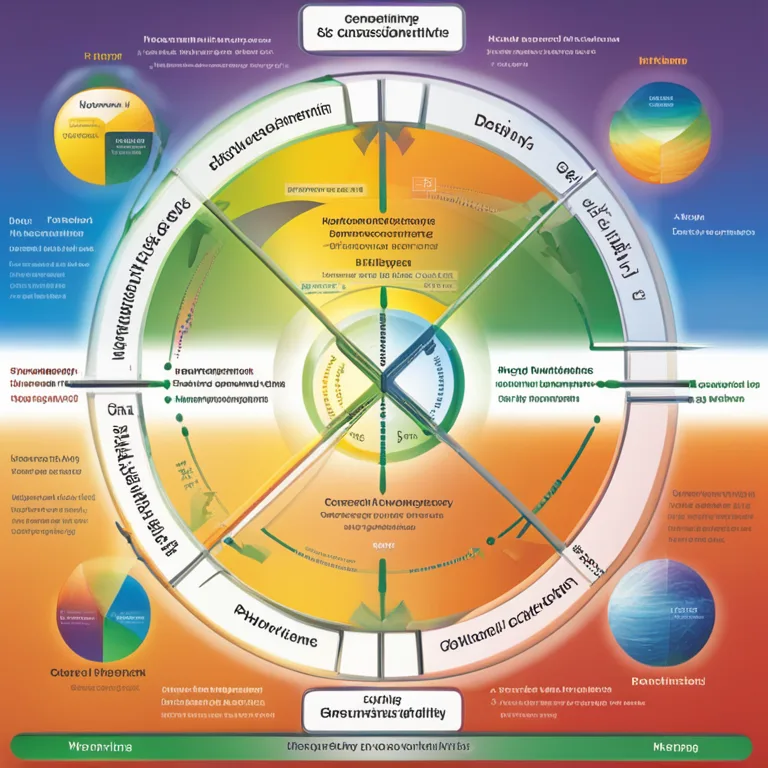
Biorhythms' Impact on Blood Pressure
Explore the intriguing connection between biorhythms and blood pressure management, delving into cutting-edge insights for health optimization.
article by Adrian Wallace
The Biorhythm-Blood Pressure Connection
The concept of biorhythms suggests that our lives are governed by natural cycles affecting our physical, emotional, and intellectual well-being. These cycles are believed to influence various aspects of our health, including blood pressure levels. The notion that physiological processes follow a certain rhythm is not new, and the understanding of these patterns continues to evolve with ongoing research. Blood pressure, a critical indicator of cardiovascular health, is now examined through the lens of biorhythmic patterns to offer a holistic view of health management.

Understanding Biorhythmic Cycles
Biorhythms are composed of three primary cycles: the physical (23-day cycle), emotional (28-day cycle), and intellectual (33-day cycle). Each cycle oscillates between high and low phases, with distinct impacts on individual health and behavior. The physical cycle, in particular, has been associated with bodily functions such as coordination, strength, and, notably, blood pressure regulation. Aligning lifestyle choices with these cycles could potentially enhance cardiovascular function and stability.

Interpreting Physical Cycles and Blood Pressure
High and low swings in the physical biorhythm cycle may correspond with fluctuations in blood pressure. During the high phase of this cycle, one might experience optimal blood pressure and heart rate efficiency, while the low phase might indicate periods where extra attention to cardiovascular health is advisable. It's hypothesized that awareness of one's biorhythmic state could inform when to implement stress-reducing activities or engage in blood pressure-lowering exercises.

Biorhythms as Predictive Tools for Health
With advancements in wearable technology and personalized health apps, monitoring one's biorhythms has become more accessible. The integration of such data can provide predictive insights into cardiovascular health trends, potentially alerting individuals to periods of higher susceptibility to blood pressure variations. This proactive approach may empower people to take preventive measures, such as adjusting diet, sleep patterns, and medication in consultation with healthcare providers.

Critical Perspectives on Biorhythm Theory
Despite growing interest in the connection between biorhythms and health, skepticism remains within the scientific community. Critics argue that evidence supporting biorhythms' influence on biological functions like blood pressure is limited and often anecdotal. They advocate for rigorous, peer-reviewed studies to establish a clear link. Consequently, biorhythmic assessments are usually recommended in conjunction with conventional medical advice rather than as stand-alone diagnostics.
Personalized Healthcare and Biorhythms
The appeal of biorhythms lies in the potential they offer for personalized healthcare strategies. By understanding and tracking one’s own biorhythmic phases, individuals can potentially tailor their health regimens for optimal blood pressure control. This concept aligns with the trend towards individualized wellness plans, which factor in unique biological rhythms when designing lifestyle modifications and therapeutic interventions.
Published: 12/28/2023
Modified: 12/28/2023
More predictions
Come back here soon to learn more about yourself and your future


The Practical Uses of Biorhythms in Our Lives
Discover how biorhythms can be applied to improve well-being and achieve a better understanding of personal cycles in health, decision-making, and relationships.


The Concept of Biorhythm Compatibility
Discover the concept of biorhythm compatibility and its role in personal relationships in this comprehensive guide.


The Origins of Biorhythm Theory Explored
Discover the historical and scientific roots of biorhythm theory, the concept that seeks to predict personal cycles of health, emotion, and intellect.